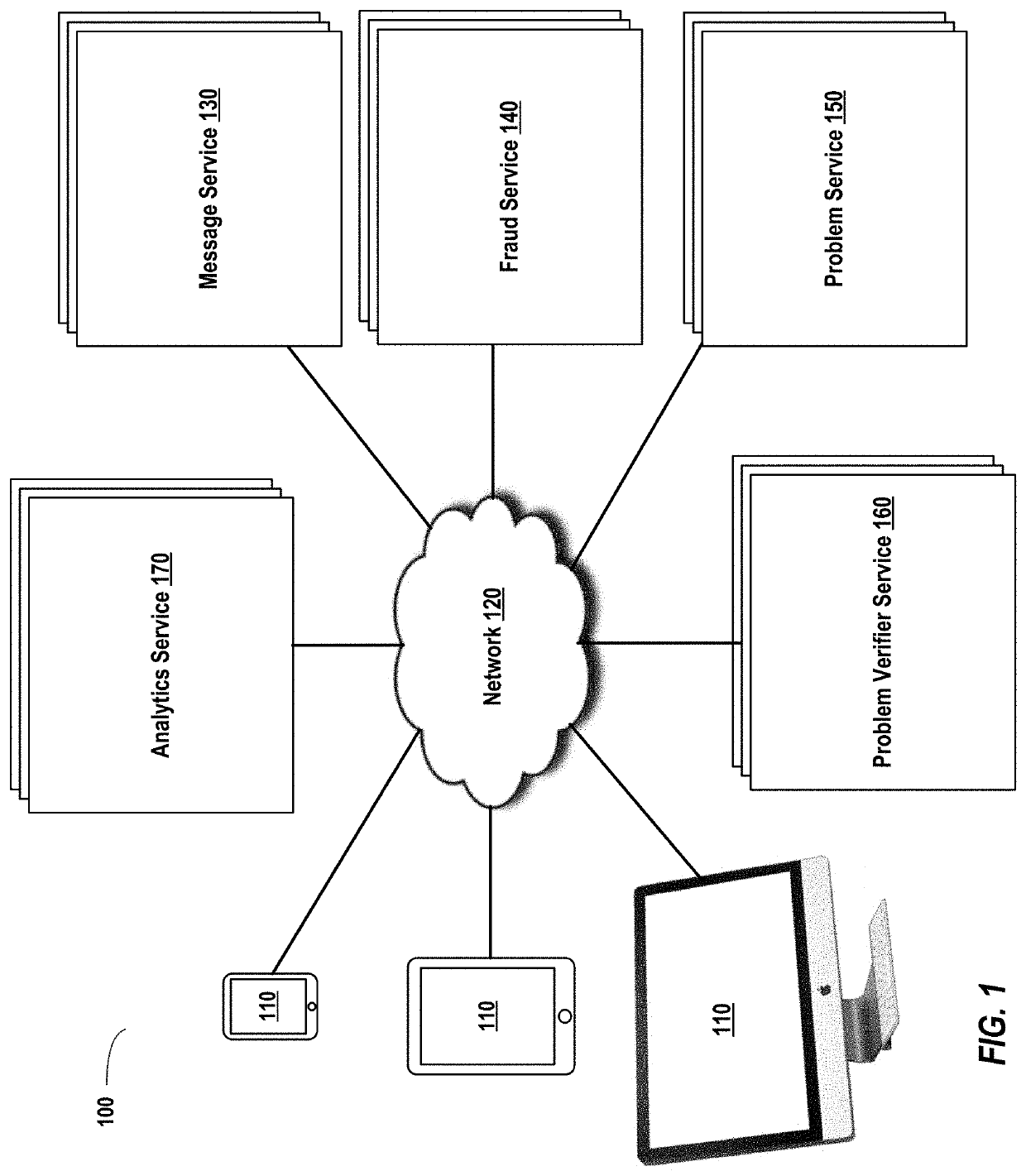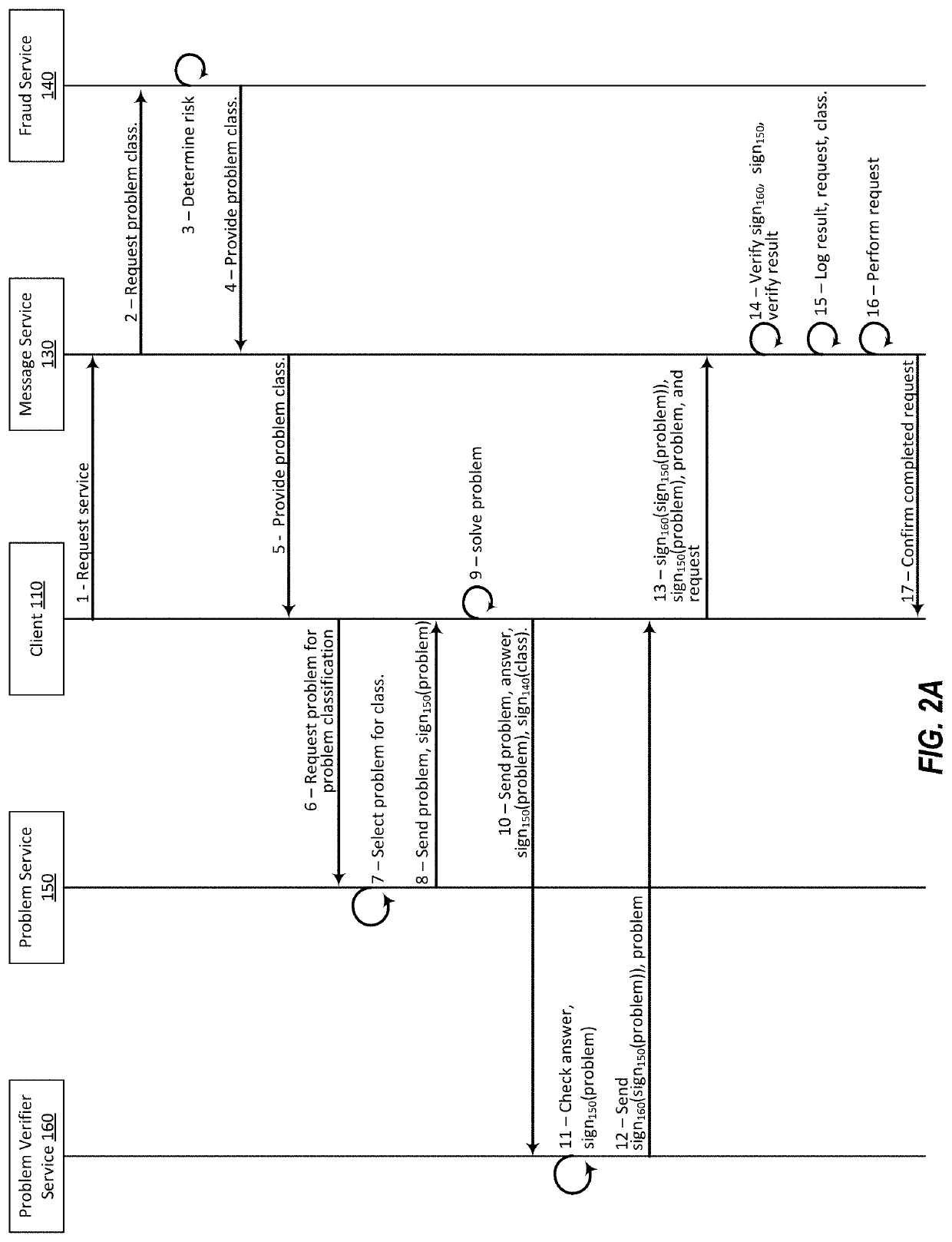Method for rate-limiting interactions based on dynamically calculated values by supplying problems of varying difficulty to be solved
a dynamically calculated value and interaction technology, applied in the field of deterring or preventing transmission of spam communication, can solve the problems of increasing the cost of sending a message to a spammer, and achieve the effects of limiting the rate at which a known or suspected spammer can send a message, reducing the burden on normal users, and reducing the difficulty of proof of work problems
- Summary
- Abstract
- Description
- Claims
- Application Information
AI Technical Summary
Benefits of technology
Problems solved by technology
Method used
Image
Examples
Embodiment Construction
[0032]In the following detailed description of embodiments, reference is made to the accompanying drawings in which like references indicate similar elements, and in which is shown by way of illustration manners in which specific embodiments may be practiced. These embodiments are described in sufficient detail to enable those skilled in the art to practice the invention, and it is to be understood that other embodiments may be utilized and that logical, mechanical, electrical, functional and other changes may be made without departing from the scope of the present disclosure. The following detailed description is, therefore, not to be taken in a limiting sense, and the scope of the present invention is defined by the appended claims.
[0033]FIG. 1 illustrates, in block form, an overview of a system 100 that rate-limits interactions with a message service 130 based on dynamically calculated values by supplying problems of varying difficulty to be solved to a sending client device 110,...
PUM
 Login to View More
Login to View More Abstract
Description
Claims
Application Information
 Login to View More
Login to View More - R&D
- Intellectual Property
- Life Sciences
- Materials
- Tech Scout
- Unparalleled Data Quality
- Higher Quality Content
- 60% Fewer Hallucinations
Browse by: Latest US Patents, China's latest patents, Technical Efficacy Thesaurus, Application Domain, Technology Topic, Popular Technical Reports.
© 2025 PatSnap. All rights reserved.Legal|Privacy policy|Modern Slavery Act Transparency Statement|Sitemap|About US| Contact US: help@patsnap.com



